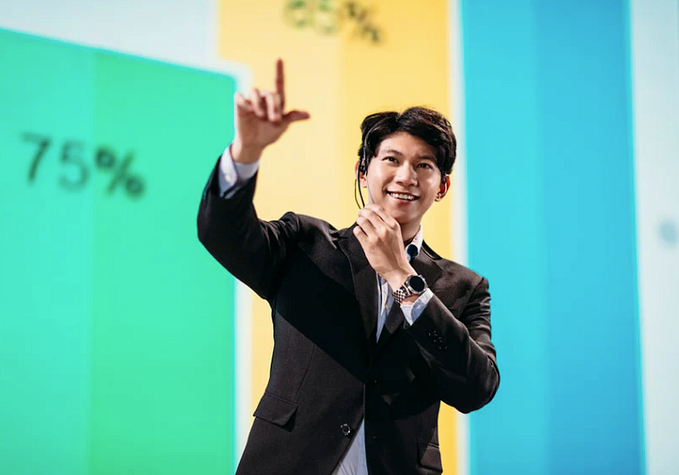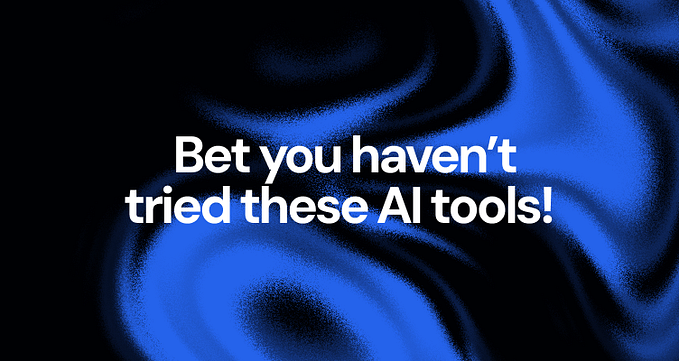4 things I learned about UX as a designer at LEGO

Working at LEGO as a senior visual designer was an exciting experience. I stayed in LEGO (and yes, you should always write it in all caps) for 2 years. a journey full of achievements, challenges, and learnings. my decision to leave (earlier this year) was not an easy one at all. not that everything was rainbows and butterflies made of colorful glittery LEGO bricks, but LEGO is a unique place in many ways.
I was reflecting on my journey and what I learned during my time at LEGO. and maybe not all of these reflections is something I was aware of while I was there busy working and settling in Denmark (LEGO is a Danish company, in case you didn’t know). Sometimes we only see things more clearly from distance.
Here are four UX related reflections that I believe they are worth sharing with fellow designers:
1- Designing enterprise applications doesn’t have to be boring.
When I told my friends that I will be working for LEGO, they were excitedly asking “Cool! Is it their online shop or some kind of gaming experience you will be working on?” as soon as they knew that my role will be designing the internal enterprise systems, I got a kind of “Oooh… got it” replies. and that excited tone was fading away.
I will be lying if I say I didn’t have similar feelings when I saw the job post for the first time. But then, I found out that enterprise applications design doesn’t necessarily have to be a dull or boring job.
Our team, UX Center of Excellence, was always aiming to challenge the complication of the expert internal systems. not only by -wisely- using LEGO vivid branding colors and by sprinkling visuals of bricks and mini-figures where they fit, but also by trying to create more engaging experiences for our colleagues.
To achieve that, we were for example:
- Applying behavioral psychology concepts to motivate and engage users
- Introducing gamification elements
- Proposing useful interactive visuals elements and engaging micro-interactions
We were challenging the standard dryness of enterprise software
If you are designing enterprise systems, remember that your design decisions can make the workday of the system users less stressful. Even if it’s as little as crafting a more playful empty state or a more cheerful success message.
I understand that different systems and products have different needs and business contexts and that not all brands have the same tone of voice. But still, I believe there is always something to be done to make enterprise applications more delightful and less boring than they usually are.
2- “Play leads to creativity” is not a cliché.
I didn’t realize the amount of play I was experiencing during my time at LEGO until I left. Not only by spending time playing with my kids at LEGO Land or the amazing LEGO House -which were both couple of mins away from the office and from my home- or by joining the company-wide PlayDays. But also on daily basis at the office. My best meeting buddy was the bowl of LEGO bricks that are available in every meeting room at the company. The bricks are not there for decoration as I thought when I first started working there. Almost everyone will start the meeting by grabbing a bunch of bricks and building something during the meeting.
I discovered that this short doses of play throughout my day simply made me less stressed in general. and more importantly, provided a daily way of practicing creativity without even noticing it. moreover, playing is a great way to foster collaboration and teamwork spirit. which is an essential ingredient for innovation culture.
Oh, did I forget to mention the unofficial Nerf guns wars we had in our team? That was painfully refreshing.
3- Creating a design system can be done bottom-up.
I had the opportunity to be responsible for creating the digital design language for LEGO internal systems. And because the team was busy delivering a lot of projects we couldn’t afford to assign even one resource 100% for months to build the design system.
So we had to think about a more agile way of doing this. We used a selection of components from the most successful projects and products we have delivered, fine-tuned them, and ta-da! the basic components of the design language were ready. Then there were incremental iterations to increase the quality and quantity of components. even the code was only introduced at a later stage. and although -at the time I left- we were internally still considering it a beta version, it was already starting to be adopted by different projects and teams.
Design systems do not have to be born giants.
4- You will understand UX better by teaching it.
“By teaching, we learn” an ancient proverb that turned out to be very true.
Because our team knew that UX is a team sport and that we can’t do it unless we establish a common understanding and gain support from the different teams and stakeholders we are working with, we proposed -and got approval- to conduct two days UX workshops for different teams.
I was excited to share my knowledge with other colleagues, but I didn’t expect that it will be such a learning experience for me.
I was even surprised to find a scientific basis for this, and the phenomenon is known as “the Protégé Effect”.
Preparing the workshop content and structuring its materials made me rethink the value that UX and visual design are providing. and trying to simplify what we are doing and how we do it, made me think and reflect about it deeper. We conducted the workshop many times to accommodate more than 200 attendees, in each session there were interesting discussions and arguments with the participants that made us even revisit our workshop materials in many cases. I admit that -even after more than ten years of experience- the teaching experience gave me a better understanding of my own practice.






